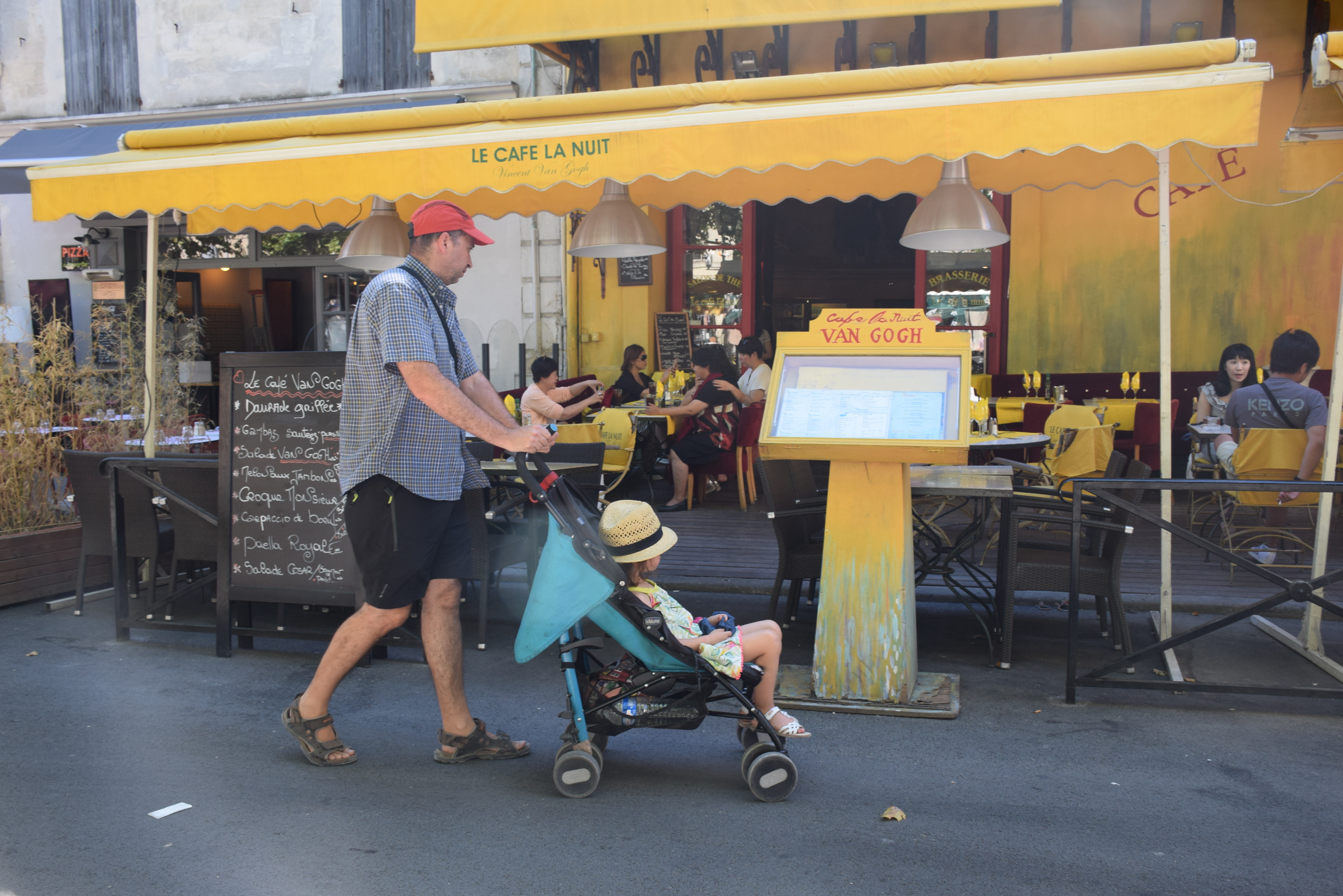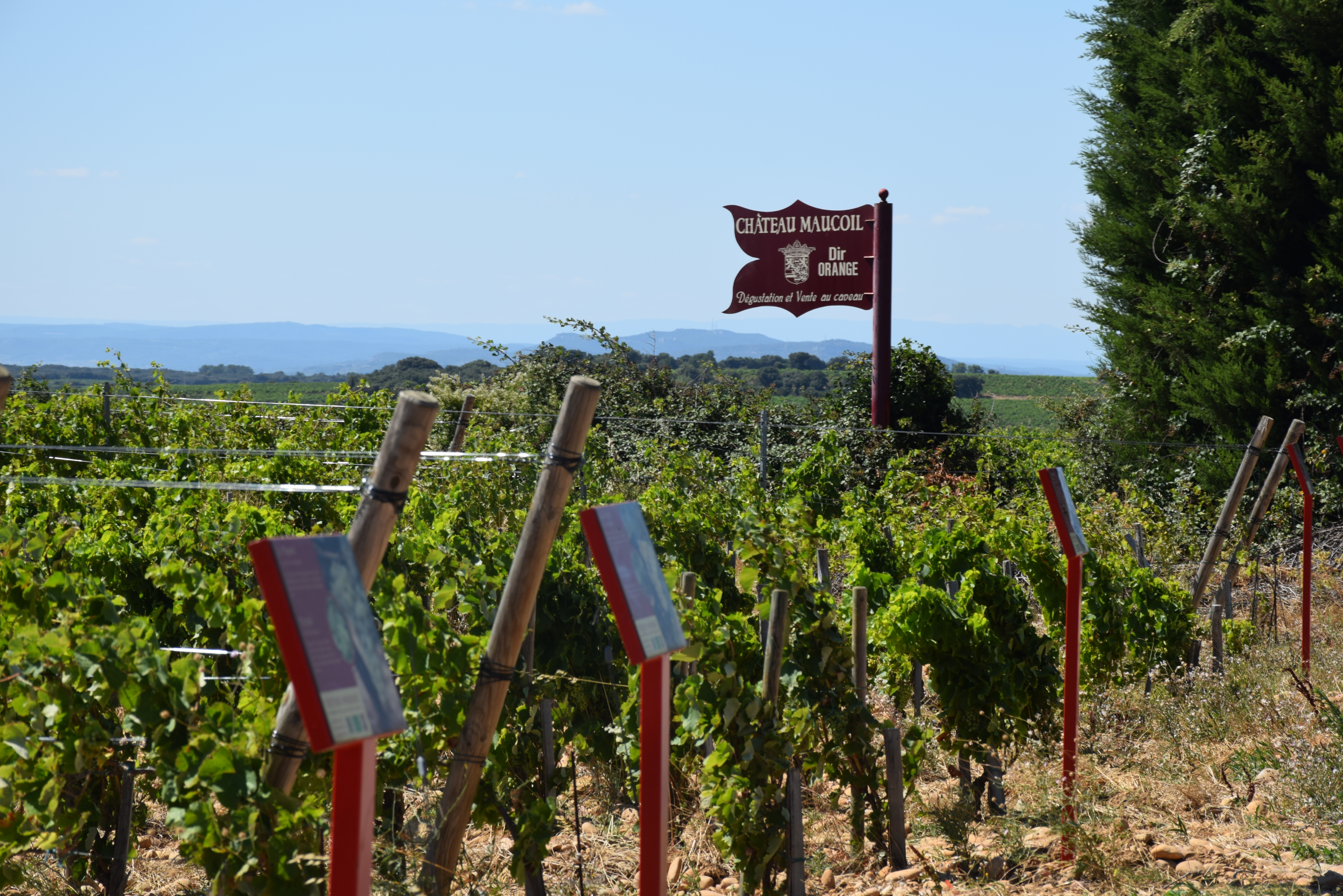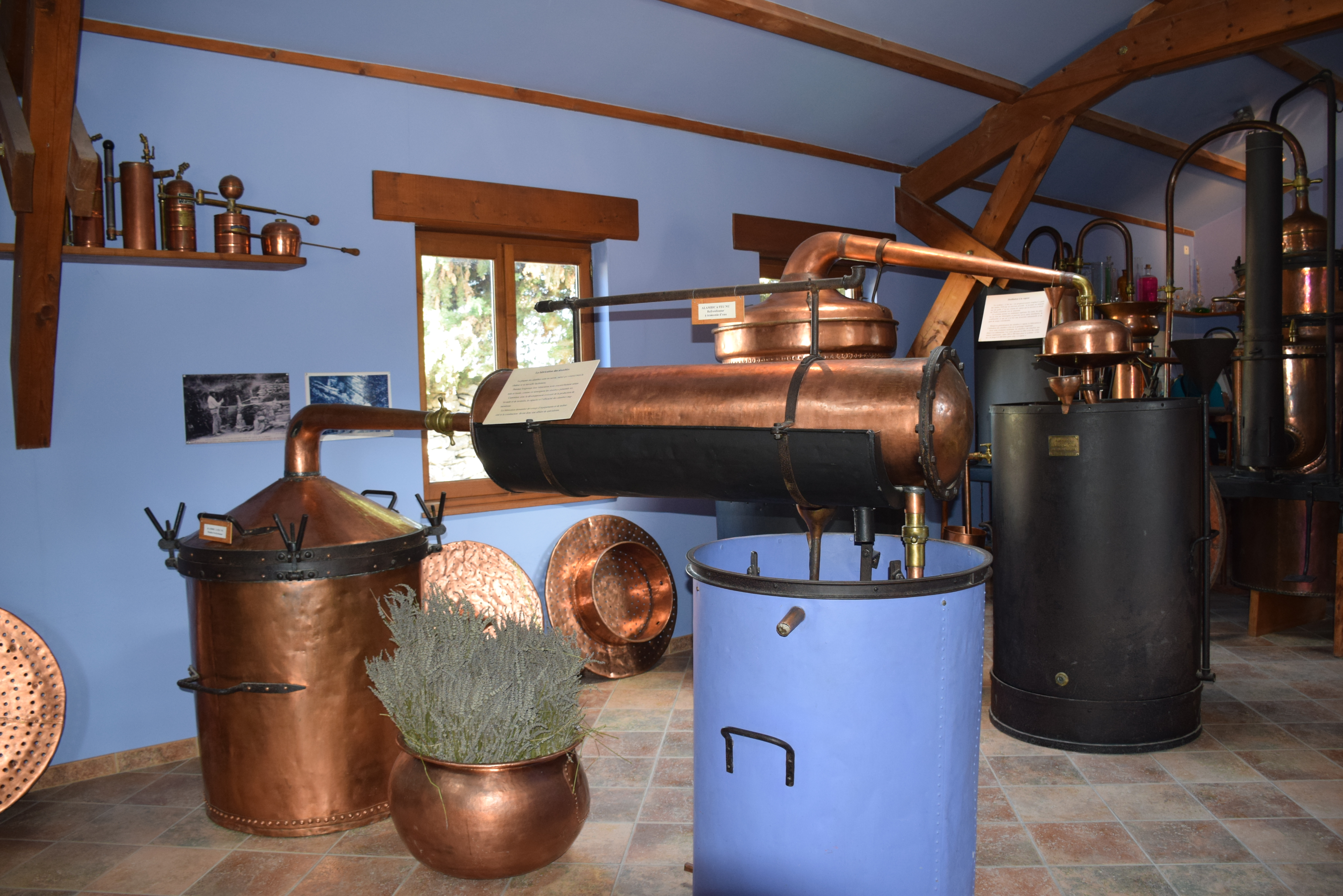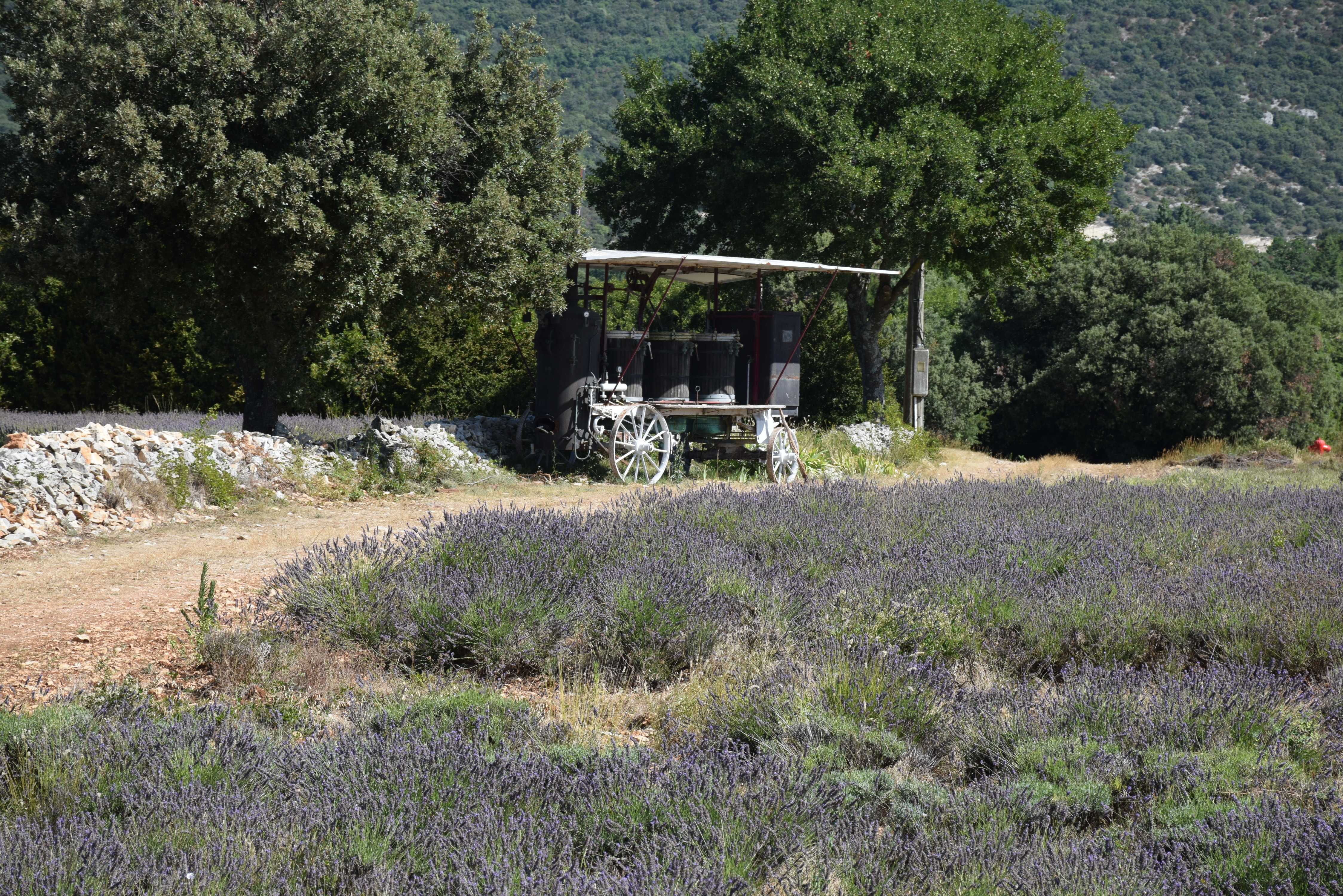AVIGNON, France — Earnest young people are plastering the Medieval walls with playbills and posters. Street performers — magicians, fire-eaters, caricaturists, clowns, jugglers, comedians, mimes, drummers, belly dancers — vie for attention and hope for a few euros in appreciation for their efforts. In front of a dumpster, a chamber orchestra is sawing through Bach.
It’s the festival of Avignon, a three-week theatre celebration that features more than 1,500 productions in every possible venue, plus countless spontaneous street performances. Literally, the entire city is a stage.
There are plays in theatres, opera houses, monasteries, convents, churches — and out in the streets on sidewalks and in parks and courtyards — any open space that offers the possibility of an audience.

Above: A river cruise brings passengers up close to local life in idyllic places throughout France.
It’s fascinating and exciting, but after four hours, I am weary. The bank thermometer says 37C. I am sheened with sweat. The heat is so intense I get personally angry with it. My feet drag like cannonballs across the cobblestones.
Working my elbows like oars to get through the crowd, I pass through the gate of the Medieval wall that rings the city and spot the Viking Delling docked magisterially on the Rhône. Within minutes I am in my air-conditioned state room taking a shower.
Avignon was the first stop on an eight-day, 276-kilometre Arles to Lyon cruise on the Rhône, and each day was a repeat — busy, all-day shore excursions in sauna-level heat followed by cool relaxing evenings with good food and good wine. The next morning I was refreshed and ready for another day in France.
This was my seventh river journey (previous voyages were on the Yangtze, the Nile, the Amazon, the Danube, the Mekong and Myanmar’s Irrawaddy), and I already knew that the biggest difference between an ocean cruise and a river cruise is that the former takes you to countries, while the latter takes you through countries, making river travel a more intimate and immersing experience.
“With an ocean cruise, it’s the ship itself,” said Nikolas Rabogliatti, the Viking program director. “Casinos, entertainment and all that. River cruising is low-key. It’s about the destinations. You could get to Avignon from an ocean cruise, but it would take a three-hour coach trip. Here we just walk into town.”
River cruising is also a desirable alternative to driving in Europe, where old cities are challenging to navigate and parking is difficult at best. Thus it’s not surprising that river trips are one of the fastest growing segments of the travel industry.


Left: River cruise boats gently sail past vineyards flush with fruit. Right: Boats let you learn the history of wine.
European civilizations developed along their rivers, and until the late 1800s, they were the highways of Europe. For today’s river traveller, this means that history and culture are only a gangplank away.
Each day we docked at a different city, town or village, and immediately set out on guided walking tours
One day I was walking the same cobbled streets of Arles that Vincent Van Gogh trod more than a century earlier, seeing many of the places he painted in an extraordinary creative outburst that produced more than 300 masterpieces in only two years.
Another was spent among the vineyards of Chateauneuf-du-Pape, where I touched smooth, potato-size stones called “galets” that were deposited thousands of years ago by glaciers. Today the stones absorb heat from the sun by day and radiate it back to warm the vines at night.
Then I was on the Train de l’Ardèche, a metre-gauge steam train that is listed as a French historic monument. We rode into the Doux Valley, an area inaccessible by road, hemmed in by timbered mountains and the beauty and magnificence of which bore no trace of humanity. On a walking tour of Vienne, once one of Roman Gaul’s greatest cities, I’m told that local residents still unearth Roman mosaics when they work in their gardens. I dropped out of the group and went to a café where I ordered a glass of dark red, full-bodied Syrah wine and a local goat cheese and watched the passersby passing by.
After a drive through purple-blue fields of lavender and a stop at the Ardèche Gorge, known as the “Grand Canyon of France,” I lunched at Auberge du Pont d’Arc. I ordered trout, which arrived head and all. The staff presented a special Ardechois drink — Castagnou, which is made with white wine and chestnut syrup.

Above: Passengers are treated to scenes that look like they've jumped off a Monet canvas.
In a single day, I had a Beaujolais wine tasting in a Medieval cellar at the Château de Pierreclos, toured a chèvre (goat cheese) farm, and watched a farmer’s dog, an Appenzeller Sennenhund named Chinook, dig for truffles, the highly prized fungus called “the diamond of the kitchen.”
Chinook approached the group speculatively, sniffed, his tail shot up, and he began digging furiously with his front paws. Dirt and leaves flew by and then — voila! — a truffle.
The final port was Lyon, where I explored the interior of the Basilica of Notre Dame atop Fourvière Hill and then stepped outside for a panoramic view of the Rhône and Saône, the red roofs of Old Lyon, and to the west the foothills of the Alps.
At each stop our guides were informed, intelligent, intelligible, and passionate about French history, art, literature, architecture, food and wine. They also offered little gems, and we learned:
• That the baguette was born in 1920 when a French law prevented bakers from working before 4 a.m. They could not make the traditional round loaves in time for customers’ breakfasts, but the long, thin loaf worked because it could be baked more rapidly.
• That the reason we saw several houses with fake windows painted on their walls was an 18th century property tax based on the number of windows in a house. Another tax dodge was to brick up real windows until the tax was repealed.
• That in Medieval France the infamous “water test” was used to determine if one was a witch. Suspected witches would be tossed into the Rhône. If they drowned, they were innocent. If they did not drown, they were deemed witches and burned at the stake.
• That “you know it is going to be a hot day if the cows and the sheep are under the trees in the shade”
For guided tours, we were given voice boxes with ear buds so the guides could be heard clearly, and street maps were provided for every guest so there was an opportunity to venture away on our own.
The Viking Delling had hotel-style staterooms with sweeping river views and a restaurant, bar, spa, library and sundeck. Every dinner featured at least one local dish, and wine and beer were complimentary at lunch and dinner. •